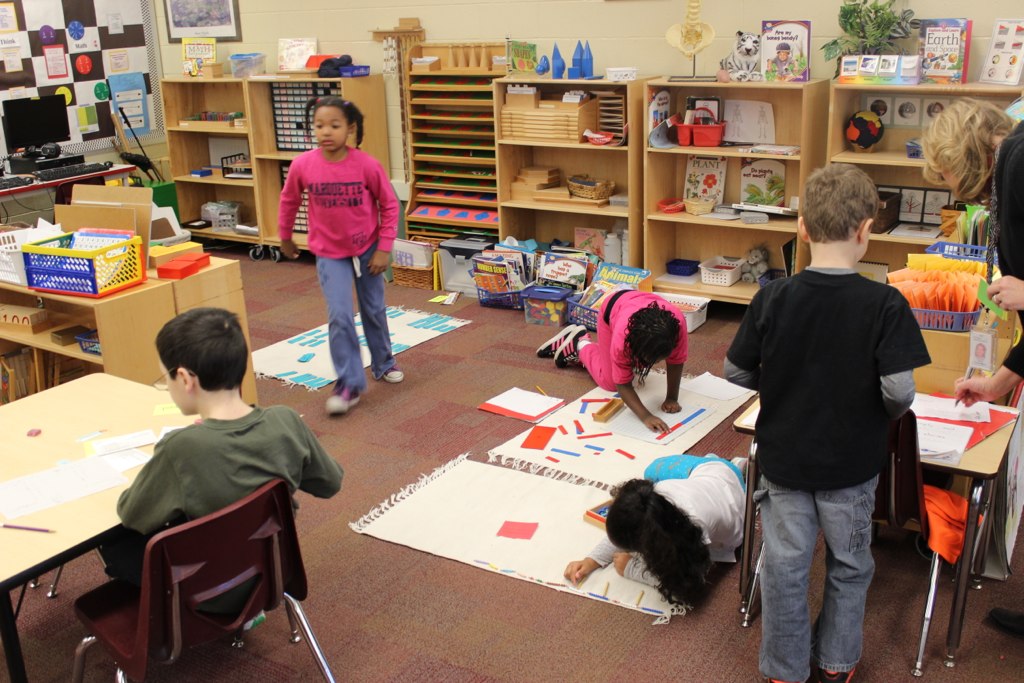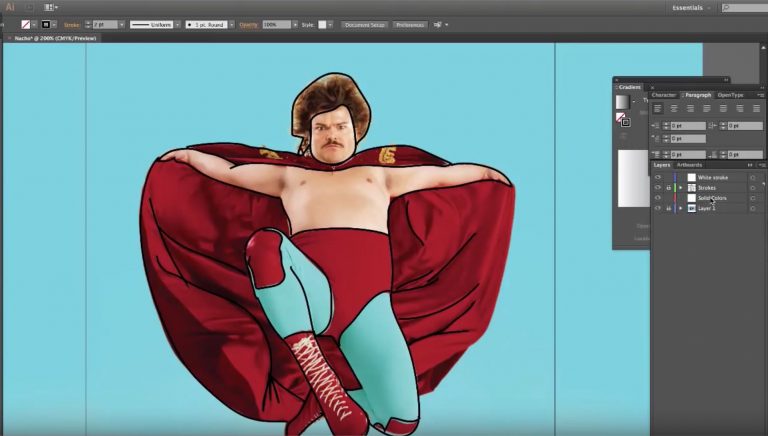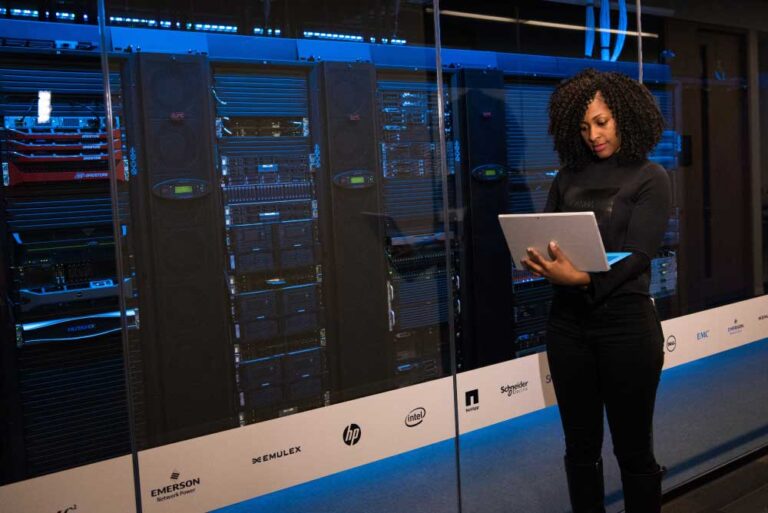Montessori Sensorial Exercises Develop Children’s Abilities to Observe and Learn
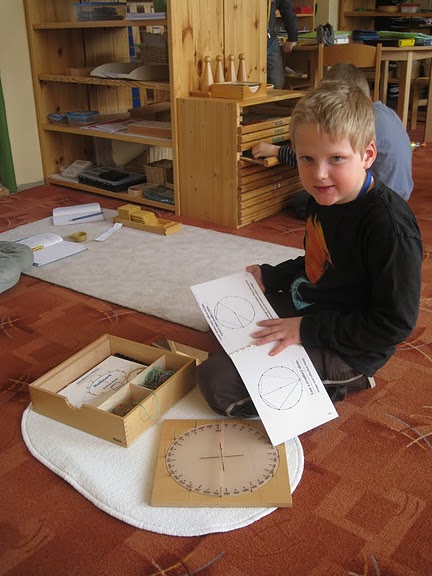
The Montessori Method of Education
The Montessori Method of Education was developed by Dr. Maria Montessori in the 1800’s to help children learn holistically, developing physically, emotionally, and socially along with their cognitive learning. The Montessori Method has been used to educate millions of children, typically ages that include newborns, infants, toddlers, and elementary school-aged students, but it is also used in education settings designed for kids into their mid-teens.

The Montessori program involves children working on their own under the guidance of a teacher or facilitator. In Montessori settings, students can also work together with peers of varying ages in a setting where guided activities are used to facilitate peer learning. With Montessori, blocks of time are given to the children to work uninterrupted. This approach allows them to develop independence and personal confidence.
The Montessori learning environment is supposed to be a peaceful setting that allows students to focus on their skills without being distracted or interrupted. Creating this peaceful environment goes so far as to limit the colors and their brightness in a classroom to avoid distraction. Activities in Montessori settings emphasize sensory development for all five senses: smell, taste, listening, touch, and visual. Montessori activities are often repetitive, allowing students to develop mastery over the activities they participate in.
Some of the important outcomes of Montessori learning include self-discipline and increased creativity.
Montessori Sensorial Exercises Develop Children’s Creativity
In a video demonstration produced by LePort Montessori Schools, Montessori sensorial exercises are described as being “Where Young Scientists Are Born”, because of their success at developing creativity and observation that exceeds what kids might get in a normal classroom setting.
The following list of Montessori sensory exercises should help you get a feel for how the Montessori program works.
Montessori Shapes and Materials
Montessori sensorial exercises commonly use various shapes and materials to help learners understand qualities of objects, including their sizes and other qualities. The materials are designed to allow children to isolate certain qualities.
Some examples of Montessori shapes and materials include:
- Red Rods – student’s attention is focused on length
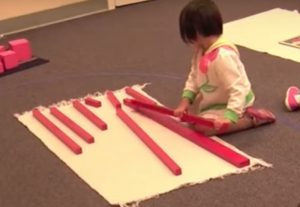
- Brown Stairs – the student observes differences in width and height
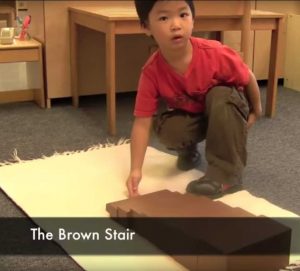
- Knobless Cylinders – height and width are observed simultaneously
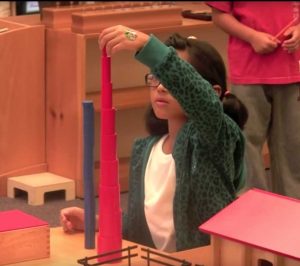
- Sound Cylinders – children listen to sounds made by shaking cylinders with sand or another object inside, then match the sounds
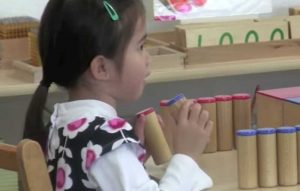
- Montessori Bells – children compare musical tones and match bells according to the tones they hear
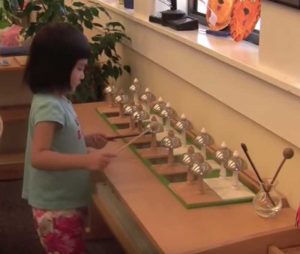
- Tasting Bottles – children match the taste of various liquids in a set of bottles
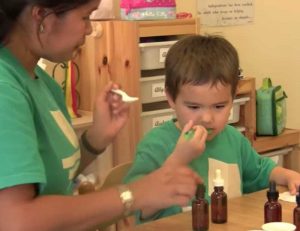
- Constructive Triangles – children have to create shape matches using a set of triangles
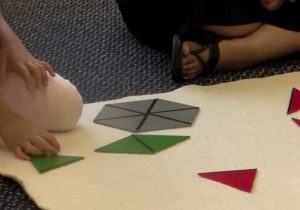
In more advanced uses of Montessori methods, stations are setup for students to independently work their ways through opening an activity, working through the activity, then returning the activity to where it belongs. These self-directed activities teach children not only confidence and independence, but help them to establish order and patterns in their learning habits. These concepts tend to carry over into habits of cleanliness and order in other elements of their lives.
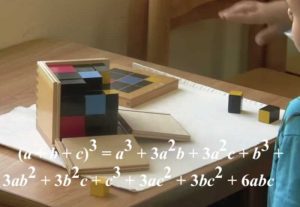
Besides being used for improving sensory skills alone, Montessori methods are also used to teach the basics of subjects such as geography, biology, and mathematics. Using Montessori helps students retain what they’re learned because of its overlap with sensory cues.
Whether you are a teacher of young students or a parent of young children, exploring Montessori methods for instruction can be a valuable way to help your young learners succeed, becoming better observers and more confident students. Using Montessori in the education of your children will greatly increase the chances of producing a scientist, or at least someone who can think and reason
Watch the full video of exercises demonstrated by LePort Montessori Schools.

